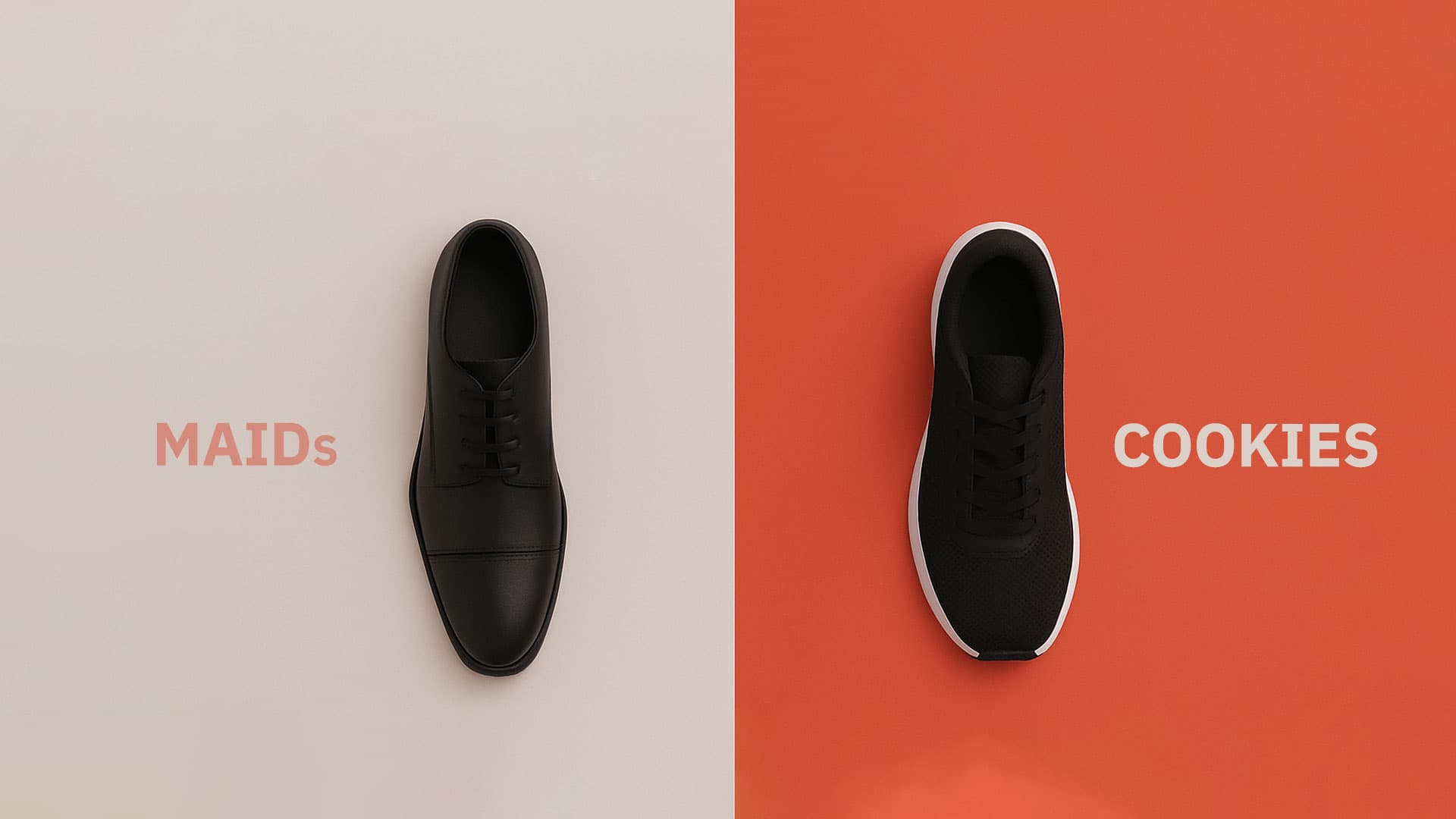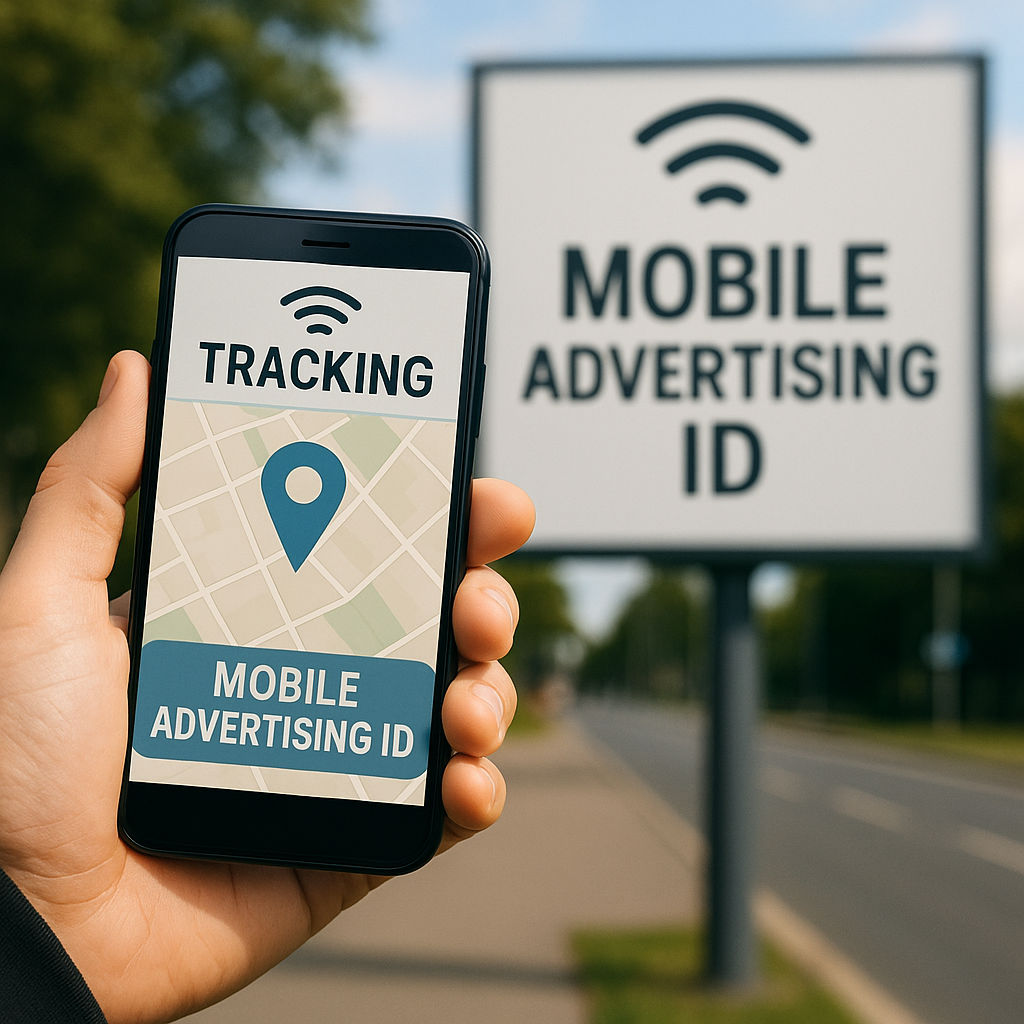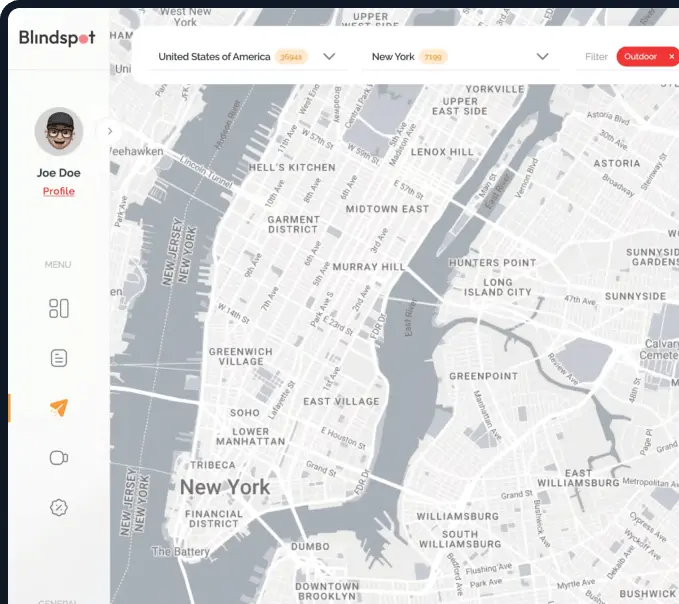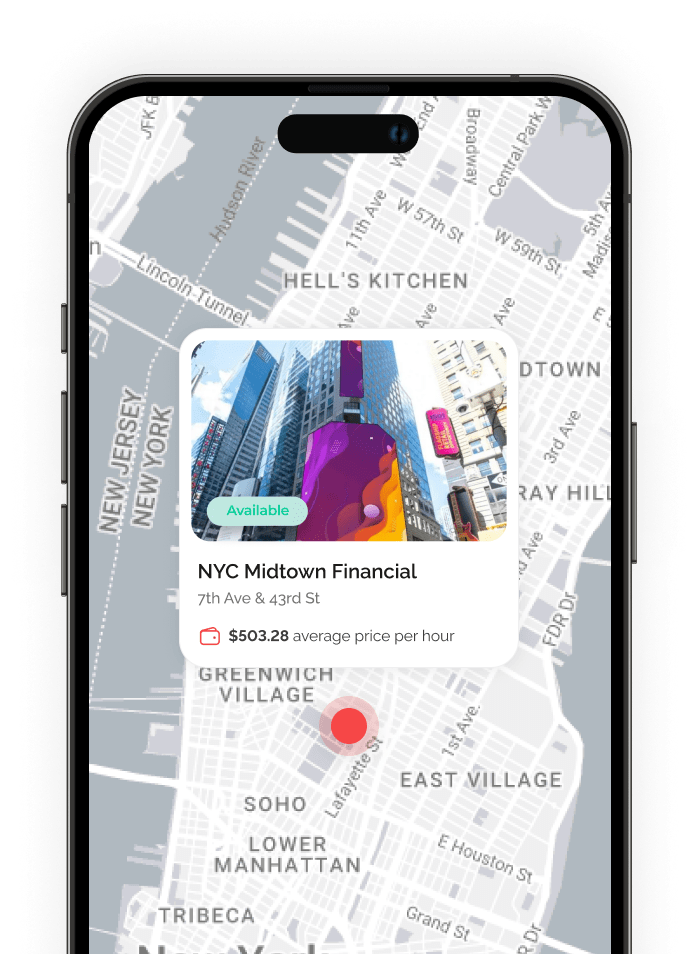Mobile Advertising IDs and Your Brand

Today, we’re talking about MAIDs.
No, not the lovely people who clean your home.
Yes, the marketing world has way too many acronyms for its own good.
How Mobile Advertising IDs Work
In our focus on attribution this week, we’d like to spend a moment to talk about Mobile Advertising IDs (or MAIDs). It sounds complicated but, once you break them down, they’re pretty simple and we’d like to do just that with this blog post. Digital campaigns play a crucial role in marketing attribution, helping to measure and optimize online marketing efforts effectively. Optimizing media spend is essential for enhancing marketing effectiveness by adjusting budgets based on the performance of different marketing touchpoints.
What the Heck is a MAID?
Let’s cut through the jargon. A Mobile Advertising ID is a unique, resettable string of numbers and letters assigned to your smartphone by Apple (IDFA) or Google (AAID). Think of it as your device’s digital nametag at the world’s biggest networking event. It doesn’t reveal your name, email, or phone number, but it lets advertisers recognize your device across different apps and ad networks to target ads effectively to specific audiences. MAIDs are tracked across different apps and ad networks, allowing advertisers to measure conversions and events over time.
Why should you care?
Because MAIDs let you reach the right people, at the right time, with the right message—without ever knowing their personal info.
How MAIDs Work (Without the Jargon)
Here’s the deal: Every smartphone has a MAID, and every app you use can (with your permission) access it. When you see an ad in your favorite weather app, that ad network is using your MAID to decide what to show you, how often, and whether you’ve already clicked on something similar. MAIDs are crucial for implementing multi touch models, as they help track multiple touchpoints in a customer’s journey.
Unlike cookies—which are tied to web browsers and can be deleted easily—MAIDs are persistent across all the apps on your device. They’re like a universal loyalty card for your phone, making them way more reliable for tracking ad engagement and conversions. MAIDs play a significant role in optimizing advertising campaigns by providing detailed data for evaluating their performance and impact on conversions.
Helpful Tip For Your Brand:
If you have a mobile app for your business, make sure your ad platform or SDK is MAID-enabled. This will give you better attribution and help you understand which campaigns are actually driving results.
MAIDs vs. Cookies & What’s Next?
Cookies are old news—especially on mobile. They’re browser-based, easy to delete, and don’t work across apps. MAIDs, on the other hand, are device-level, persistent, and cross-app. This persistence enables more reliable tracking, better cross-app attribution, and more accurate audience segmentation. But the future is hybrid. As privacy rules tighten, new solutions like Apple’s SKAdNetwork, Google’s FLEDGE, and AI-driven probabilistic models are stepping in.
Actionable Tip:
Pilot a contextual+MAID hybrid campaign. This way, if opt-in rates drop, you can still reach your audience with relevant ads based on context, not just device IDs.
Specific Forms
Mobile Advertising IDs come in two primary forms: Google’s Android Advertising ID (GAID) for Android devices and Apple’s Identifier for Advertisers (IDFA) for iOS devices. Each follows a similar format—a string of 32 hyphen-separated alphanumeric characters—but operates within its respective ecosystem.
As privacy regulations tighten, the technical systems that leverage MAIDs are adapting. New frameworks like Apple’s App Tracking Transparency (ATT) now require explicit user consent before apps can access the IDFA, fundamentally changing how these identifiers function within the ecosystem.
When combined with identity resolution technologies, MAIDs can be linked to other identifiers to create a unified view of users across multiple devices and platforms, though this capability is increasingly constrained by privacy regulations.

Protecting User Data
In the realm of mobile advertising and marketing attribution, protecting user data is paramount. Companies must ensure that they collect, store, and use consumer data responsibly and securely. Compliance with regulations such as the General Data Protection Regulation (GDPR) and the California Consumer Protection Act (CCPA) is essential to avoid legal repercussions and build trust with customers. By prioritizing user data protection, businesses can maintain a positive reputation and foster long-term customer relationships. Additionally, data-driven attribution models allow companies to measure the effectiveness of their marketing campaigns while respecting user privacy. This approach not only safeguards consumer data but also provides valuable insights into consumer behavior and campaign performance.
To capture and utilize MAIDs effectively, advertisers and developers must implement specific Software Development Kits (SDKs) provided by mobile platforms, following strict technical protocols to ensure compliance with platform guidelines.
The Bottom Line
MAIDs aren’t just for tech giants—they’re a practical, powerful tool for brands of all sizes to play smarter in the mobile ad game. By leveraging MAIDs, marketers can significantly improve their marketing ROI, optimizing their campaigns and better understanding consumer behavior throughout the customer journey.




